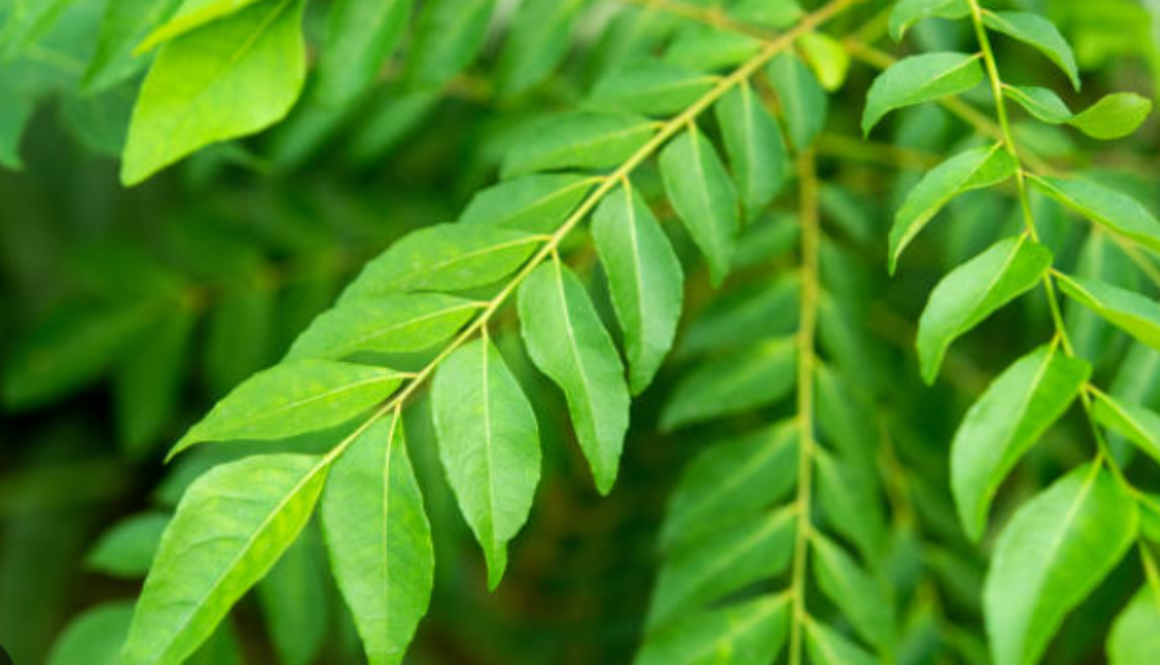Curry leaf.
Curry leaf, scientifically known as Murraya koenigii, is a small tropical tree native to India and Sri Lanka, although it is now cultivated in various tropical and subtropical regions worldwide. Despite its name, curry leaf is not related to the curry spice blend but is prized for its aromatic leaves, which are a staple in South Indian cuisine. Beyond its culinary uses, curry leaf holds significance in traditional medicine and is valued for its health benefits.
Part Used: The primary part of the curry leaf tree used is its leaves. These leaves are highly aromatic and contain essential oils with distinctive flavors, reminiscent of citrus and spice. Rich in antioxidants, vitamins, and minerals, curry leaves are valued for their nutritional content and medicinal properties.
Usage: Curry leaves are a key ingredient in many South Indian dishes, adding a unique flavor and aroma. They are often used fresh or dried in curries, soups, stews, and rice dishes, imparting a subtle yet distinct taste. In addition to their culinary uses, curry leaves have been used in traditional medicine for their digestive, anti-inflammatory, and anti-diabetic properties. They are believed to aid in digestion, reduce inflammation, and regulate blood sugar levels.
Agrotechniques: Cultivating curry leaf trees requires a warm, tropical climate with well-drained soil and ample sunlight. The trees can be propagated from seeds or stem cuttings, with planting typically done during the rainy season. Regular watering and occasional fertilization promote healthy growth and leaf production. Curry leaf trees are relatively low-maintenance once established but may benefit from pruning to shape the canopy and encourage branching. Harvesting of leaves can be done as needed, ensuring sustainable practices to maintain the health and productivity of the trees.

